Menu
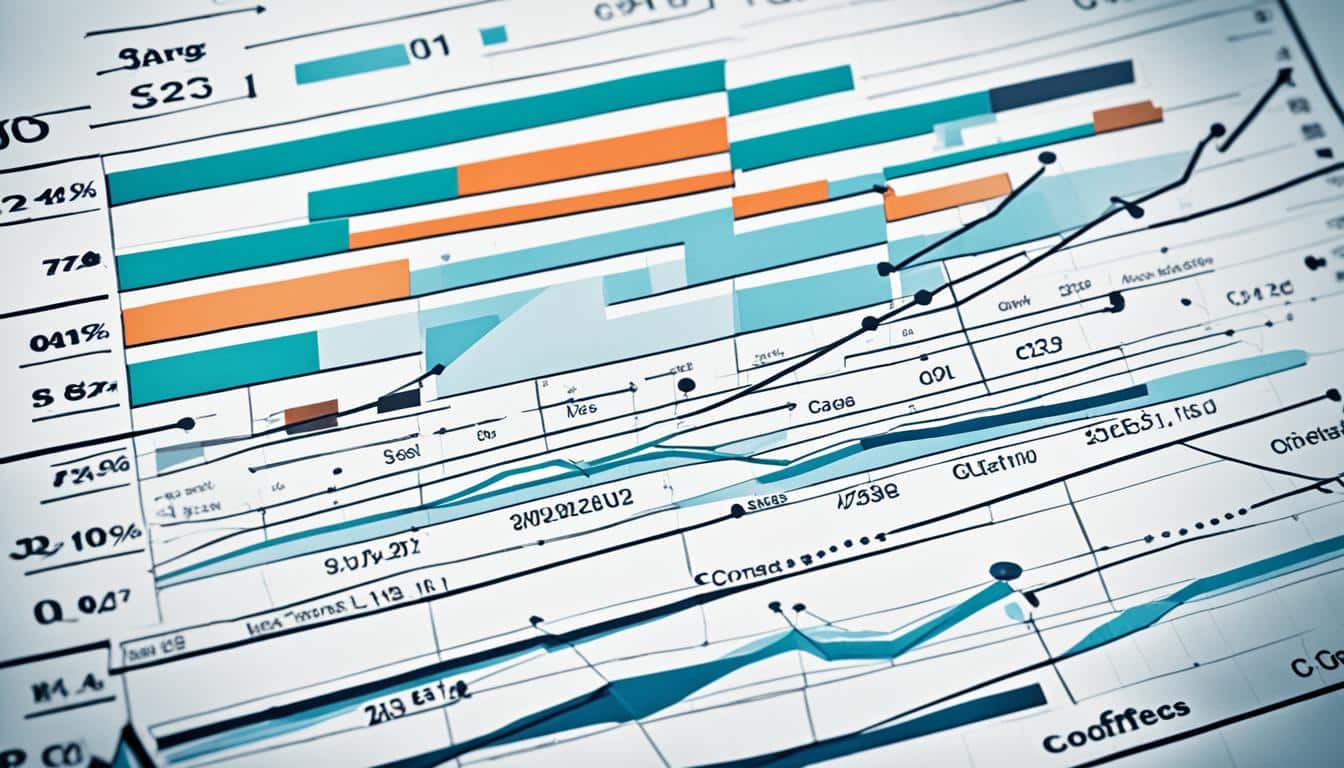
Did you know that Argus shows over 40,000 energy and commodity prices? This vast number sheds light on the complex world of commodities. If you want to make smart choices in today’s up-and-down economy, understanding these prices is key. It’s valuable for both those growing their wealth and those using market trends to their advantage.
Big global events, like the Texas barge crash or Europe’s aluminium scrap shortage, can shake the market. It’s vital to be informed about these happenings. By using a commodities service, you can gain the intelligence needed to steer through the market’s twists and turns.
The world of commodity markets includes many raw materials. These range from metals to agricultural goods. They’re crucial for different industries around the globe. Hard commodities are metals and energy, while soft commodities are things like crops. Knowing about these helps predict prices and make smart choices when trading.
Commodity markets are complex, affected by supply, demand, and world events. Success in trading these depends on analysing these elements. The car, building, energy, and economic sectors are key buyers. If building projects increase, so does the steel needed, affecting its price.
Taking time to understand the market is vital in trading. It guides when to buy and sell. Looking at trends, economic signs, and worldly shifts helps spot chances and dangers. Anton, a market expert, points out the value of deep analysis. His steel market reviews show how knowing different elements is key.
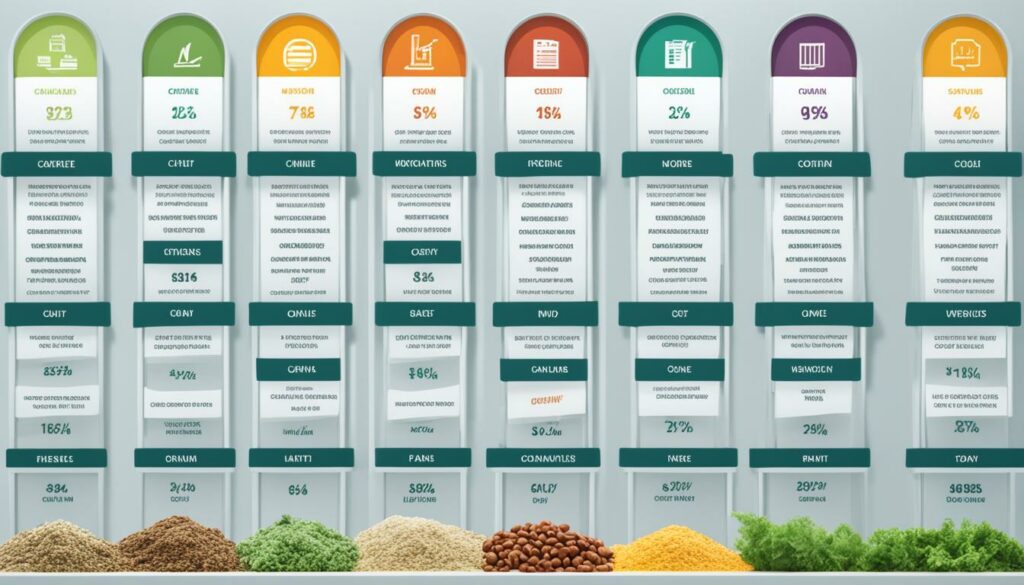
It’s key to know the different commodity market categories for a full analysis. Commodities fall into hard and soft categories. This helps understand global economic health and use trading technology better.
Hard commodities are mined or extracted. They include metals and energy. The Chicago Board of Trade (CBOT), since 1848, helped with grain trading standards. This laid the foundation for today’s extensive metal and energy trading.
In 1974, the U.S. Commodity Exchange Act broadened to cover precious metals and financial futures. It showed gold and silver’s growing role. The Commodity Futures Trading Commission (CFTC) was also set up. It regulates to prevent illegal trade and control prices.
Soft commodities mean agricultural goods like grains and livestock. They can have big price changes due to weather and seasonal shifts. The Grain Future Act of 1922 worked to reduce these price swings. It brought in rules and reports for grains like wheat and corn.
In 1973, grain and soybean prices hit record highs. This was due to fuel costs and high unemployment. It showed that external issues impact commodity markets greatly. Good regulations help keep the market fair in tough economic times.
| Year | Key Milestone | Impact |
|---|---|---|
| 1848 | Founding of the Chicago Board of Trade | Standardised trade practices for grain futures |
| 1922 | The Grain Future Act | Introduced reporting requirements and price regulations for grain markets |
| 1974 | Amendments to the U.S. Commodity Exchange Act | Expanded regulation to precious metals and financial futures |
An in-depth commodity market analysis looks at both hard and soft commodities closely. It shows their big role in the commodity markets. By understanding key regulations and their effects, we grasp what drives these markets.
It’s key to know how supply and demand work to understand commodity prices. By looking at supply and demand, we make smart trading choices and avoid market ups and downs.
When prices go up, people usually buy less. Yet, if the price increases, more might be available. This is all about the balance between what’s wanted and what’s available, known as market equilibrium. Knowing the forces behind prices, like costs and what people like, is helpful when you’re trading.
How much money people have and what they like affects how much they buy. The level of competition, how much can be made, and the rules in the market affect supply. For instance, new markets might need more steel and energy, changing prices and supply.
Bad weather can greatly hurt supply, especially for foods like wheat and corn. Less food leads to higher prices. Thus, monitoring the weather’s impact is crucial for trading in these commodities.
Weather can affect more than food prices. Events like natural disasters or political issues can also impact supplies of metals and energy, quickly changing their prices. Because of this, keeping an eye on the weather and crops is important for traders.
Geopolitical events are key in changing commodity prices. They affect supply chains and create price swings. This can affect many sectors and their businesses. Traders and investors must stay alert and plan to reduce the risks of these changes.
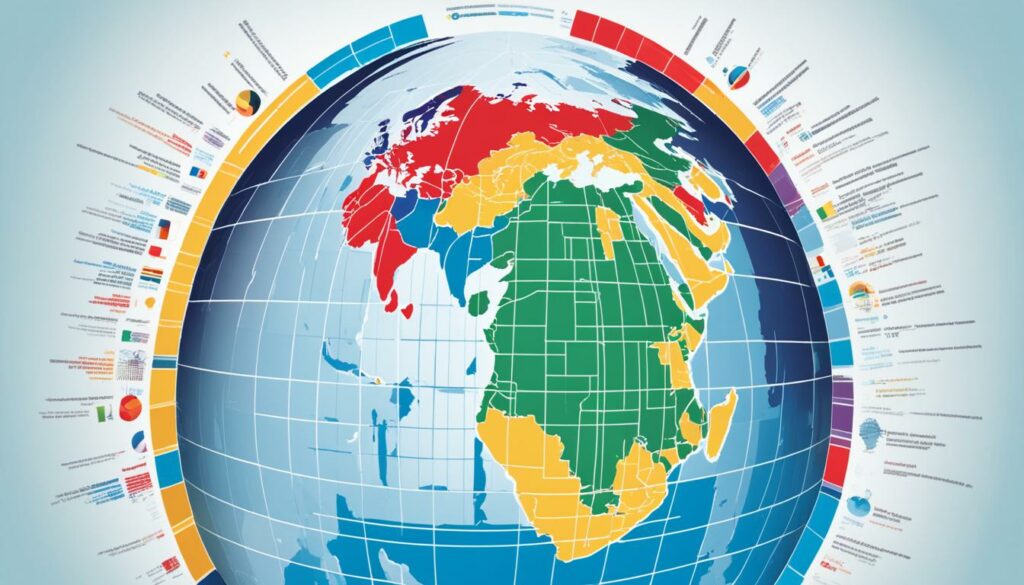
Geopolitical events can greatly affect commodity prices. For example, the Israel-Hamas conflict in October 2023 caused a big jump in geopolitical risk indices. It showed more political instability. As a result, Brent oil prices increased by 4%. This proves conflicts can raise the prices of goods like oil.
The current war in Ukraine has also had a big impact. It has disturbed the global supply of oil and food. This led to big price changes for these commodities.
To keep commodity chains stable, it’s vital to manage political risks. One way is to spread investments and trading to avoid relying on just one area. Watching geopolitical events helps to predict problems and act early.
Using AI and data can also forecast and manage price swings better. These tools are crucial for controlling the effects of political instability.
2024 will see elections in over 64 countries, making the economic future very uncertain. Populist governments, which can slow down economies, make things even more complicated. It’s important to understand how geopolitical events affect commodity markets during this time.
Being well-informed and flexible is crucial for successful trading, despite political turbulences. It leads to better responses to global events.
Knowing how economic indicators connect to commodity prices is crucial. Important indicators like GDP, inflation, and industrial production affect these prices greatly. They tell us a lot about future economic trends and global manufacturing.
Gross Domestic Product (GDP) significantly impacts prices of commodities. For example, a high GDP growth means more production and consumption. This increases demand for commodities. A shrinking GDP often leads to lower commodity prices.
For instance, the U.S. had an unemployment rate of 3.9% in February 2024. This insight helps understand market changes and stability.
Global manufacturing directs commodity prices too. For example, a strong Purchasing Managers Index (PMI) predicts high GDP growth. This, in turn, raises material prices in manufacturing. The Durable Goods Report also hints at future manufacturing. If manufacturing slows globally, industrial metals’ prices can drop. This shows the value of economic indicators in guiding market strategies.
| Economic Indicator | Report Frequency | Market Influence |
|---|---|---|
| GDP | Quarterly | Directly impacts commodity prices |
| PMI | Monthly | Predicts GDP growth |
| Durable Goods Report | Monthly | Provides insights into manufacturing trends |
| Factory Orders Report | Monthly | Shows industrial activity |
| Consumer Confidence Index (CCI) | Monthly | Predicts consumer spending outcomes |
Learning technical analysis is key for success in commodity markets. It looks at chart patterns and trend lines. These can help traders understand market behaviour and predict future prices. Analysing these trends involves looking at technical indicators and patterns.
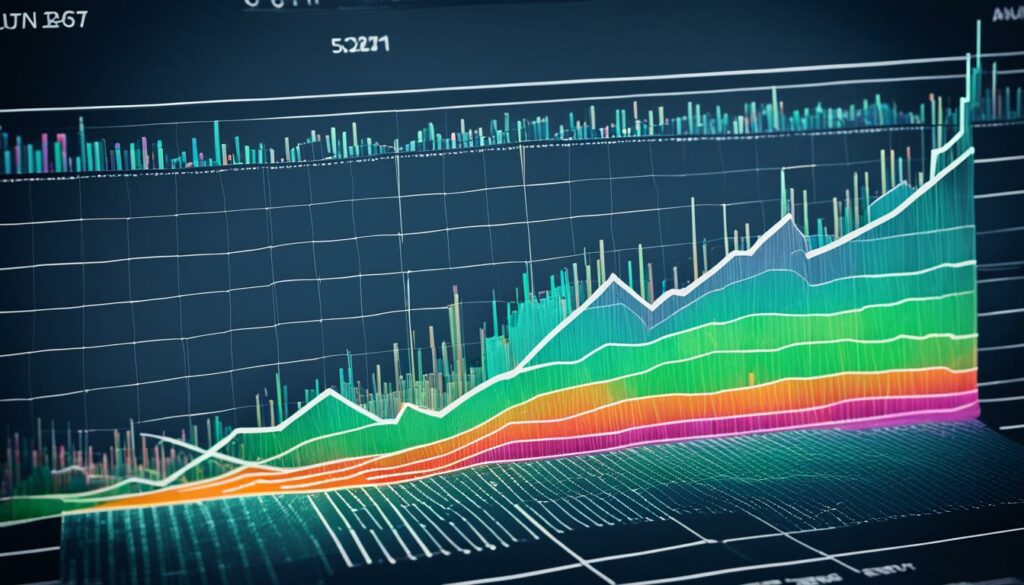
Chart patterns and trends are at the core of technical analysis. Trend lines are lines drawn between two price highs or lows. They show when trends are changing. Channels, made by drawing parallel lines, reveal price ranges and possible trend shifts. Patterns such as head and shoulders or double tops highlight market changes.
Moving averages are also crucial. They can be computed over different periods, such as 3, 10, or 50 days. By smoothing price data, they make trends more visible. Matching moving averages with support and resistance points helps determine important price levels. This guides trading and helps predict future prices.
Technical analysis is vital, but combining it with fundamental analysis gives a full market picture. Fundamental analysis examines the factors like supply and demand affecting prices. Pairing this with technical analysis, which predicts trends from data, builds a strong strategy.
Cycles are critical too, showing periods of price change due to supply and demand. Recognising these cycles, along with key support levels and patterns, helps traders. Additionally, technical analysis techniques like bar charts offer insights into price movements.
| Analysis Technique | Purpose | Common Tools |
|---|---|---|
| Chart Patterns | Signal potential market moves | Head and Shoulders, Triangles |
| Trend Lines | Indicate trend changes | Line connecting price highs/lows |
| Moving Averages | Spot trends | 3, 10, 18, 40, 50, 100-day charts |
| Resistance/Support Planes | Identify significant price levels | Horizontally forming trend lines |
Geopolitical tensions hugely affect oil markets, changing prices and how oil gets to us. It’s crucial to know this when dealing in oil. We’ll explore how world events influence the oil market and ways to trade wisely.
Geopolitical problems have often led to less oil available. Take the 1973 Yom Kippur War for example. After that, the price of a barrel rose by 17%. This caused a big change, jumping from $4 to $16 a barrel. These events show the big effects of world politics on our daily life.
Shell looked ahead, starting in 1965. They made plans to tackle high oil prices and supply cuts. This helped them face sudden changes because of political issues. As a result, Royal Dutch Shell was ready for the market’s ups and downs due to world events.
Good oil trading means using history and smart planning. Shell teamed up with the Hudson Institute in planning for different futures in 1965. This kind of planning doesn’t just guess outcomes. It forces leaders to think in different ways. So, they are better at handling oil market twists.
Think about recent mergers in the oil business. Exxon Mobil bought Pioneer Natural Resources for $59.5 billion. Chevron snapped up Hess Corp. for $53 billion. These moves help companies deal with politics better. They grow stronger, cut debts, and get more efficient.
| Company | Acquisition | Value (in billions) |
|---|---|---|
| Exxon Mobil Corp. | Pioneer Natural Resources | $59.5 |
| Chevron Corp. | Hess Corp. | $53 |
| Energy Transfer LP | Crestwood Equity Partner LP | $7.1 |
| Exxon | Denbury Inc. | $4.9 |
Companies need to keep a close eye on their assets to do well in these changing times. Looking ahead and planning well means they can deal with supply problems and the oil market’s ups and downs better.
Artificial Intelligence is changing how we predict commodity prices. It uses big sets of data and smart algorithms to guess where prices will go. This is super helpful for making smart choices in trading. These tools look at past prices, current market info, and even the weather to help us understand what might happen next.
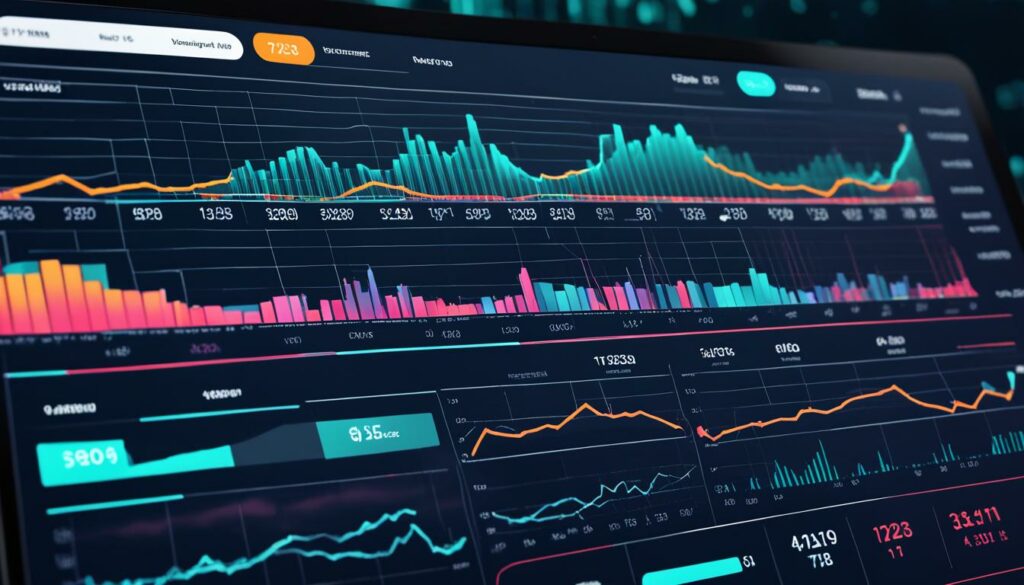
AI is key to better predictions. For example, ChAI’s AI has become a must-have for many businesses. They love how it shows them the risks in a clear way. ChAI uses data from the past, worldwide events, and weather to guess right about future prices. Even Network Rail sees how ChAI’s tech can help them and they’re excited to use it more.
ChAI’s AI makes spot-on guesses about commodity prices and market trends. It’s great for stuff like Metals, Energies, Plastics, and Agriculture. Companies use this info to buy at the best times, save money, and be ready if prices go up. It also helps them plan better by letting them know what products will be available in the future. This way, they can avoid high prices when things are in short supply.
| Key Benefits | Details |
|---|---|
| Accuracy | AI algorithms analyse multiple data inputs, offering high precision in predicting commodity price movements. |
| Strategic Planning | Insights from AI-driven forecasts help in adjusting purchasing strategies and balancing long-term risks. |
| Market Intelligence | Forecasts cover a wide range of sectors, providing comprehensive intelligence across markets. |
| Risk Mitigation | Effective price risk determinations enable companies to make more informed and strategic decisions. |
Staying on top of the latest data is crucial in today’s markets. AI helps here too, by using future forecasts to give traders a leg up. Traders can use this info to make choices with more confidence, beating market swings.
Good timing is vital in commodity trading. Knowing when to buy and sell makes a big difference. It helps you make more money by matching your moves with price changes.
To get the best deals, you need to understand the market well. This means using past data, looking at the current market, and predicting the future. These help traders buy low and sell high. With smart buying and selling, you can lower your risks and earn more.
The process suggested by A.T. Kearney shows how looking at a lot of data can help. It makes your buying decisions smarter. It’s about using all the information you can to time your moves just right.
Successful traders focus on buying at the best times. They look at data to spot trends and find the right moments to buy. This includes using technology to predict how prices might change. Then, they can act at the best times to make more money.
Tracking your spending and using different data can really help. This lets you adjust to changes in prices well. It means constantly getting better in how you trade commodities.
Using production forecasts in purchasing strategies is key in today’s volatile markets. This helps traders look ahead, foresee price changes, and adapt their plans. They can then act quickly to deal with any market surprises.
AI algorithms sort through lots of data like past trends and global events to predict prices. This info helps businesses buy items when they’re cheapest. They can also see what’s coming and adjust their plans to get the best deals before prices go up.
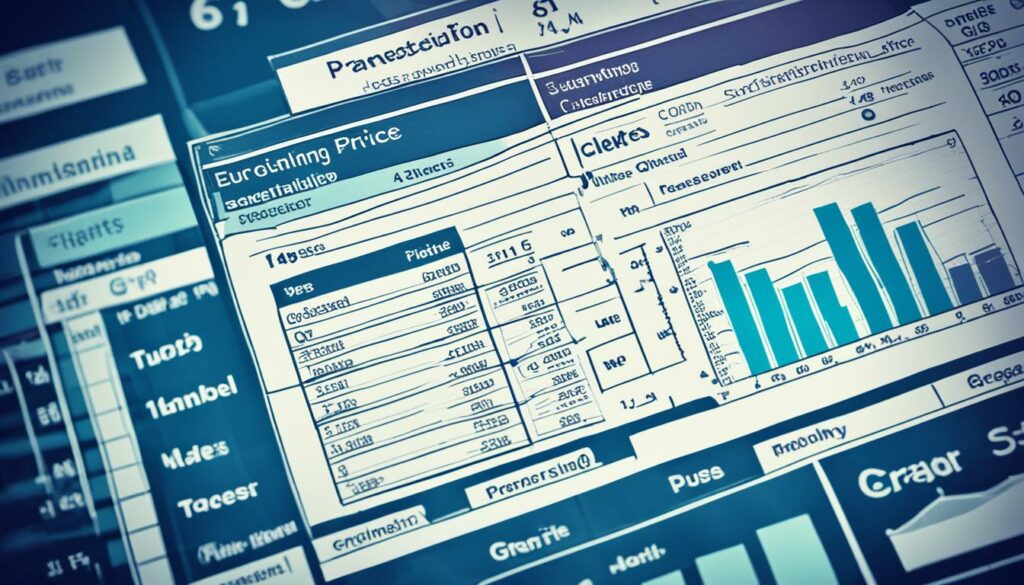
Getting the timing right when buying commodities is crucial. With insights from data, companies can buy things cheaper, boosting their profits. This approach also helps them manage the risk of not having enough supply later on.
By using tools like Vesper, traders can be quick on their feet and ready for any changes. This way, they stay ahead in the tough world of commodity trading. Plus, they can make smarter decisions by keeping their strategies up to date with the latest data.
Ending stock forecasts are key for knowing what’s ahead in the market. They help make smart decisions for the future. By looking at these, traders learn what to expect in the market. This helps them manage risk and find opportunities. A mix of data from many places shows how important stock forecasts are for planning long-term.
Ending stock forecasts are great for planning ahead. They give insights into the future of the supply chain. This lets business owners and others get ready for changes. For example, John Anton works with teams in the metals industry. They study steel and other commodities to predict the market. This teamwork offers a big-picture view for better planning.
Knowing what’s in stock makes trading smarter. It helps balance the chance of risk with possible gains. With this info, traders can prepare for when supplies are low. They use insights from different areas, like the Asia-Pacific, to avoid problems. The US’s tighter control on metals also affects trading worldwide. This makes traders rethink how to manage risks.
The below table shows how ending stock forecasts match up with economic clues to make good decisions in the market:
| Forecast Type | Insight Provided | Associated Strategy |
|---|---|---|
| Annual Supply Chain Survey | Ideal future supply chain solutions | Strategic long-term planning |
| Ferrous Metals Industry Outlook | Commodity forecasts and market trends | Informed trading decisions |
| Asia-Pacific Mineral Outlook | Regional market dynamics | Risk mitigation strategies |
| US Metal Protectionism Impact | Global trade and price influences | Adjusting risk management frameworks |
In short, ending stock forecasts give crucial hints for being active in the market. They help in creating a balanced strategy for trading commodities.
Getting real-time market news and market insights is key in today’s commodity world. It helps experts deal with the fast and ever-changing nature of commodities. Being well-informed makes it easier to make smart moves.

Recent changes have shown why keeping up is crucial. Mexico’s decision to raise steel tariffs hurts global markets. Also, people in the UK and Germany preferring cartonboard for packaging has changed demands for raw materials.
Commodity intelligence is vital to make timely choices. Having updated market info allows for quick responses to changes. Delays in lithium prices’ announcements make staying alert even more necessary.
ICIS intelligence and Argus are trusted sources for up-to-date market news. ICIS, with 150 years behind it, offers tools like ICIS ClarityTM. This gives direct access to prices, reports, and future forecasts. Their insights from ICIS Foresight and Hindsight also add to a complete market picture.
Consider these trends and data points in the commodity markets:
| Trend/Event | Impact |
|---|---|
| Mexico’s Steel Import Tariffs | 25-35% increase, affecting global steel prices and supply chains |
| UK & Germany Packaging Preferences | Shift towards cartonboard, influencing raw material demand |
| Copper Prices in Asia | High prices challenge fabricators in China and Southeast Asia |
| US Imposing Tariffs on Chinese Rare Earth Magnets | 25% tariffs starting 2026, likely to impact supply dynamics |
| Forest Biomass Finland Indices Methodology Review | Open for consultation until June 12, 2024, affecting biomass markets |
| North American Softwood Lumber Exports | Rebounded in Q1, reflecting improving market conditions |
Relying on the insights of over 350 global market experts deepens your understanding. Their views are crucial for making thoughtful decisions.
Having market insights and updates on hand boosts your awareness. It also helps in making smart decisions for trading and investing in commodities.
Getting commodity price insights right is key for smart choices in the market. Today, using analytical tools and new tech can really boost your business. Tools like Vesper and Argus offer must-have market intelligence and use AI to forecast trends. These make a big difference in how you trade commodities.
BigMint’s insights cover top sectors like energy, finance, and oil and gas. They use methods that are well-tested around the globe. Below you can check the sectors BigMint focuses on and how much of each it covers:
| Sector | Coverage Percentage |
|---|---|
| Energy | 25% |
| Financials | 20% |
| Oil and Gas | 15% |
| Metals/Chemicals | 5% |
| Transportation | 5% |
| Aviation | 5% |
| Shipping | 5% |
| Gas & Power | 5% |
BigMint also offers ways to get these insights like API, Cloud, and Desk or Data feed. This means everyone can access the vital info they need. Using real-time data and smart tools helps make good, fact-based choices in the commodities, gas, and stock markets.
BigMint gives a whole lot of data on production, capacity, trade, and inventories. This helps out makers, traders, buyers, and sellers. It lets them fine-tune their plans and stay clear from risks.
BigMint shines with clear and helpful info, making the commodities market less of a maze. It’s all about seeing ahead clearly to move with confidence.
Strategic commodity trading involves understanding complex market changes. This ensures smart choices despite the changing economy. Trends show the World Bank’s commodity index might fall by 4% in 2024 after a 24% drop in 2023. It’s essential to keep up with energy and agricultural price falls, with energy prices set to decrease by 5% and agriculture prices dropping over the next few years.
Metal prices might go down by 5% next year but rise by 6% in 2025. Oil prices showed wild swings from $72 to over $90 in 2023’s third quarter, falling to $83 by November. Similar tales are told in the U.S. natural gas market, with prices expected to fall by 20% in 2024.
It’s key to get to grips with these market moves for successful trading. The shifts seen after Covid, like the US dollar’s changing impact on commodity prices, show the value of solid market analysis. Clean energy investments grew by almost 28% between 2021 and 2023. The need for minerals for electric cars is also rising. Using advanced forecasting and up-to-date data can give traders an edge in the competitive market.
Commodity price insights look at what affects the costs of things we trade, like supply and demand. They also consider world events and economic factors. Knowing these helps traders make smart choices and follow the market.
Commodity prices change how much we pay for goods and services. For instance, oil price swings can alter travelling and product costs. These shifts also affect how profitable businesses are that depend on these materials.
Analysing the market is key to getting commodity prices right. This helps traders spot trends and predict price shifts, leading to better decisions and more profit. Using both technical and fundamental methods is essential for a full analysis.
Hard commodities are resources like metals and energy that we mine or get from the earth. Soft commodities are foods like grains and animals, which vary a lot depending on the weather and seasons. Both types are important in trade worldwide.
Supply and demand decide on the cost of commodities. Fewer goods often mean higher prices, like when crops fail or conflicts stop trade. But if there’s plenty, prices can drop.
Events like wars or trade barriers can really shake up the market. They might cut off supplies, pushing up costs fast. For instance, trouble in the Middle East often makes oil prices soar, which touches everyone who buys it.
Figures that show how well companies, countries, and products are doing can change commodity prices. A strong economy can mean more demand for materials, increasing their prices. Knowing these indicators can help traders guess where the market is heading.
Studying graphs and patterns can help guess what prices might do in the future. This makes choosing when to buy or sell more clear. It’s a way to understand the market’s rhythm and find good deals.
AI can sift through loads of data, spotting trends and making price guesses better than humans alone. This can warn traders in time, giving a heads-up for profitable moves.
Getting the timing right can mean big profits. Look ahead with analyses and forecasts to pick the best moments to buy or sell. This way, you can get in when prices are low and out when they’re high.
Knowing what’s coming in supply can shape when and what traders buy. It’s about guessing when prices might go up and bulking up on stocks then. This approach can make their buys more cost-effective.
Forecasts on what’s left in stock can guide trader choices. They help find the balance between risk and gain. This guides them to buy and invest smartly based on what the future of the market looks like.
Keeping up with news as it happens is vital to grasp the market’s direction. With updates from sources like Argus, traders are better equipped to steer through changes confidently and wisely.